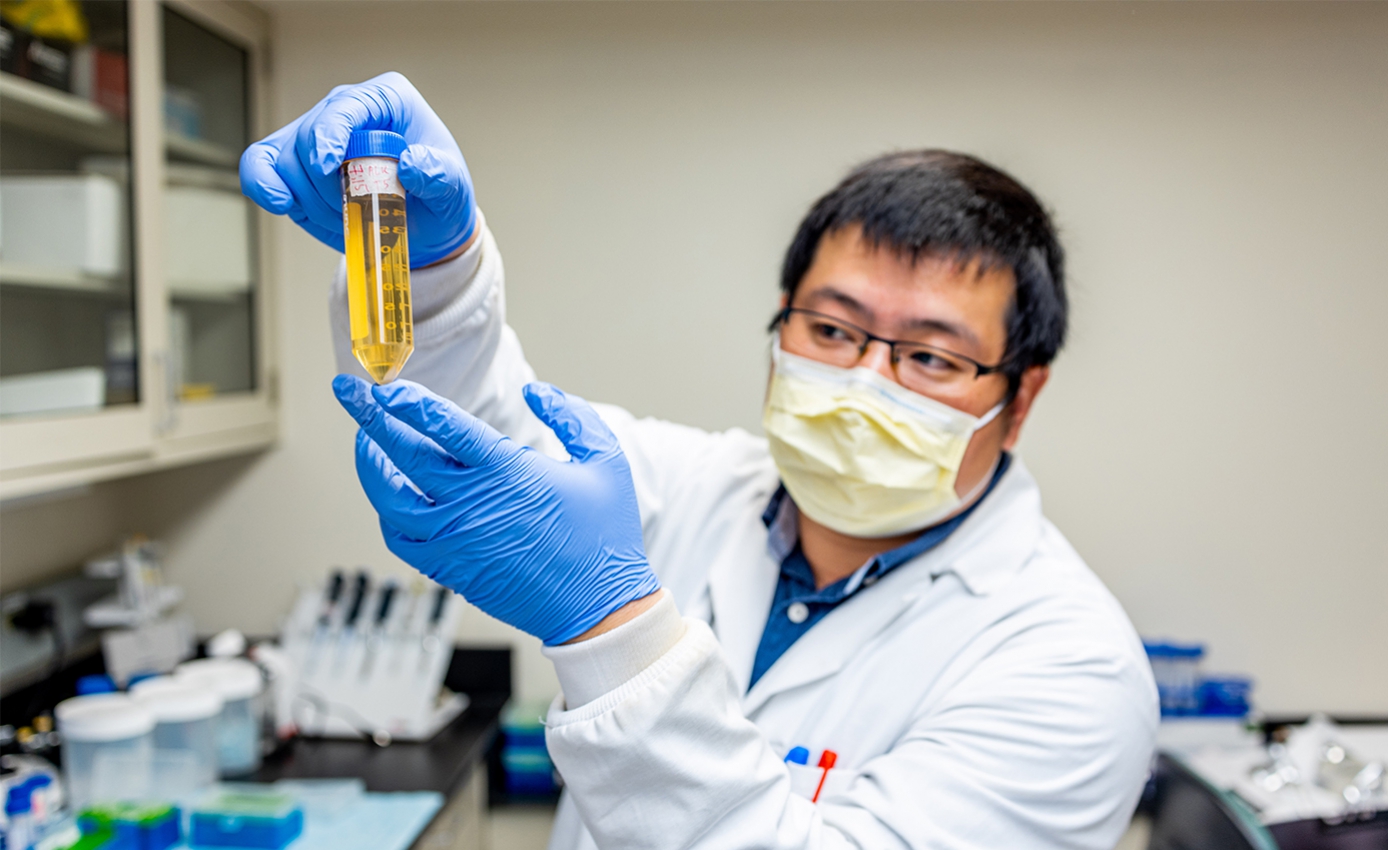Researchers at the University of Pittsburgh have developed a new antibody-type therapy for SARS-CoV-2, the causative virus for COVID-19. The treatment exploits “nanobodies” – tiny antibody fragments – that are harvested from llama blood. The new nanobody therapy can be used in an inhalable form that may deactivate the virus within the lungs.
“Nature is our best inventor,” said Yi Shi, a researcher involved in the study. “The technology we developed surveys SARS-CoV-2 neutralizing nanobodies at an unprecedented scale, which allowed us to quickly discover thousands of nanobodies with unrivaled affinity and specificity.”
To create the therapeutic, the researchers immunized a llama called Wally with a portion of the SARS-CoV-2 spike protein. A couple of months later, they were able to isolate nanobodies against the spike protein from a sample of the llama blood and used a mass spectrometry technique to identify which nanobodies bound to the virus.
A fraction of a nanogram of the purified nanobodies is sufficient to prevent the virus from infecting 1 million cells, suggesting that the new therapeutic could be a potent treatment for those suffering from an infection.
The nanobodies also seem to be highly stable, and can survive at room temperature for at least six weeks while also surviving a process to turn them into an inhalable therapeutic, which could be a useful treatment for those experiencing acute respiratory symptoms.
Targeting the treatment directly to the lungs could also help to reduce costs as it will mean smaller overall doses. With traditional antibody therapeutics, the antibody is delivered intravenously, requiring a large quantity to achieve the correct concentration in the target organs, which in this case is the lungs. This leads to incredibly high costs. For instance, a treatment with conventional SARS-CoV-2 antibodies can cost as much as $100,000 per patient. “Nanobodies could potentially cost much less,” said Shi. “They’re ideal for addressing the urgency and magnitude of the current crisis.”














